Electricity prices are cheaper than ever, but not always.
As with any commodity, electricity prices drop when demand decreases. Demand is much lower during off-peak hours, such as nights and weekends. When demand is low, only the least expensive energy sources will be running.
Inflexible generators create supply imbalances.
The cheapest generators to operate are inflexible and not suitable for following demand. These include coal and nuclear power plants that are expensive or impossible to cycle off and on. As a result, these plants sometimes operate at a loss. Negative energy prices occur when it becomes cheaper to pay the grid-operator to take excess energy than it would be to shut off and restart the plant. Anytime there’s a surplus, wholesale energy prices will drop until enough generators reduce their output.
Intermittent renewables such as wind turbines and solar PV can further compound the imbalances between supply & demand. They have no incremental production costs and their availability and intensity is not controllable. Solar production peaks too early for peak demand while wind turbines often generate the most electricity at night when demand is the lowers. High inflexible generation during periods of low demand will always translate to cheap or negative wholesale prices.
Above: Prices went negative for several hours on Sunday, May 11th, 2014 in Germany. Negative wholesale prices, usually associated with wind and solar PV production have occurred throughout Europe and The United States.
Electricity is more expensive than ever during peak hours
Intermittent renewables sometimes move in the opposite direction of what is required, creating a reverse correlation that intensifies the peaks and valleys that need to be actively followed by specialized grid resources. Power plants with ramping capabilities are usually the most expensive and inefficient to operate. Grid operators must also pay a premium for flexible plants because they are used infrequently. The following simulation from CAISO shows how ramping requirements increase with high levels of intermittent renewables.
NOTE: Net load is calculated by subtracting the electricity produced by wind and solar PV from actual consumer demand. Grid operators must follow net load in real time using dispatch able resources. Note that both wind and solar output are declining during the critical 13,500MW ramp-up.
The costs associated with meeting demand fluctuations are reflected in wholesale energy markets. The following shows the non-linear increases in generation costs that result from meeting critical demand.
While energy markets can be erratic on normal days, weather extremes create some of the most volatile markets in history. In 2011, record high temperatures in the southwest United States pushed demand for electricity while a corresponding drought threatened the water resources needed for thermal power plants to operate. Wholesale energy prices soared to 60 times their normal summer prices. The cold weather throughout the U.S. in January 2014 had similar price action, resulting in an 86-fold price increase in the PJM interconnect. Due to transmission constraints, negative energy prices occurred simultaneously in the same market.
Flexible Users Will Be Rewarded.
Naturally, these costs are beginning to be passed on to industrial and residential consumers by implementing time-of-day pricing. Demand Response (DR) is a mechanism for adjusting energy consumption to actually benefit from the dynamic prices. This is a way to reduce demand when electricity is the most expensive to generate. The value of shaving peaks is equal to generating the same amount of electricity at that time. FERC has regulated that Demand Response resources be compensated the market price for wholesale generation at the time they are utilized. This presents a tremendous opportunity for flexible energy users, who can be compensated as a grid resource and leverage cheap energy whenever it’s available.
Demand Response makes higher levels of renewable energy possible by providing contingency for a sudden loss of generation caused by clouds or a lack of wind. By automating the response, Demand Response can reduce the energy load without the need for advanced notice. NREL models show Demand Response can handle 85% of flexibility reserves if properly integrated. DR can play a critical role in balancing the grid. The challenge is finding enough energy users that are suitable for flexible operation.


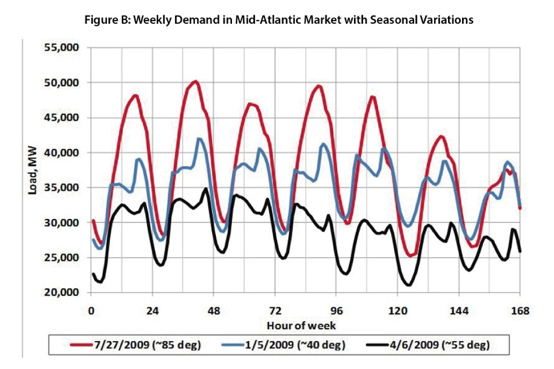
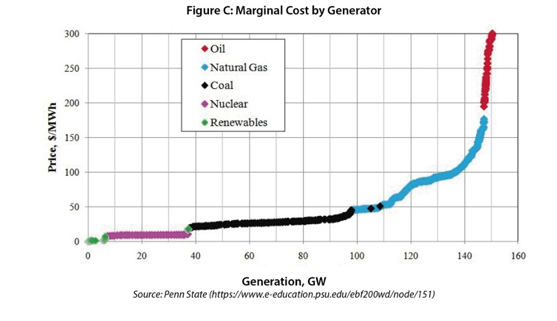
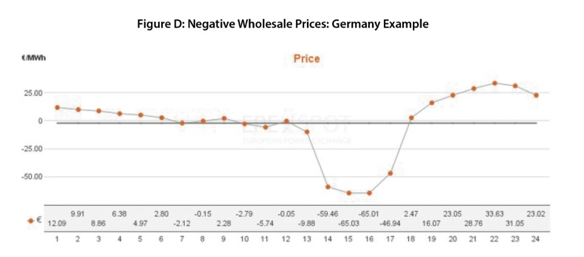
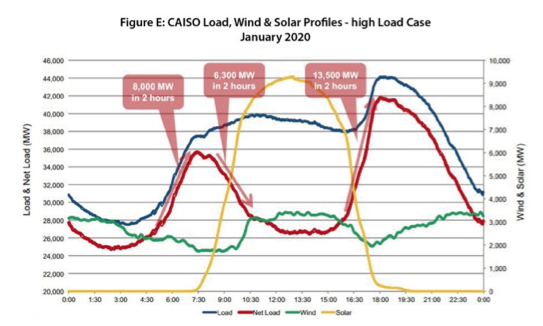
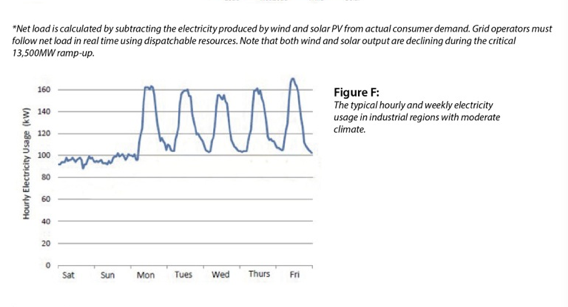
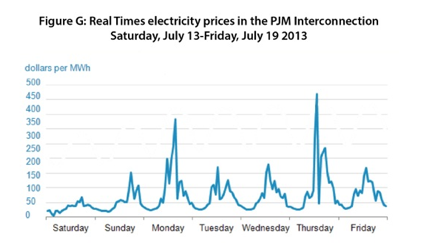
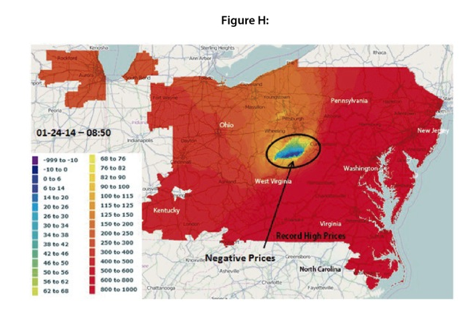

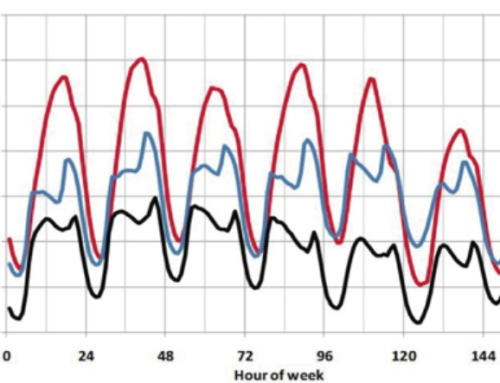
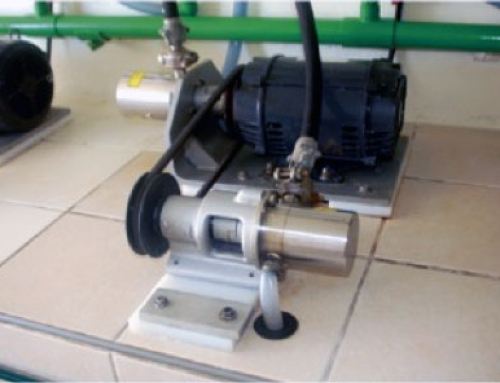




Leave A Comment
You must be logged in to post a comment.